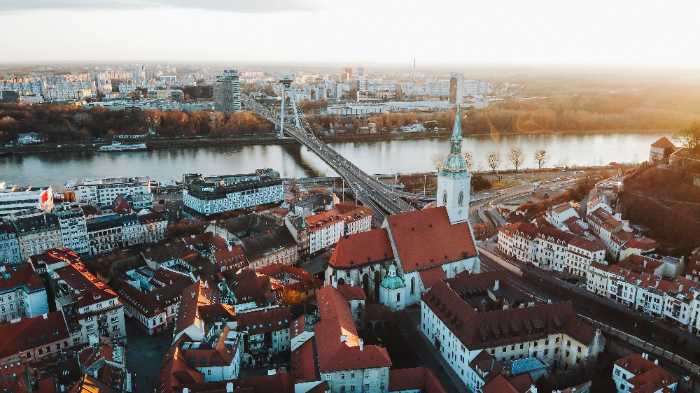
Bratislava
SlovakiaBratislava, the charming capital of Slovakia, often surprises visitors with its intriguing blend of historical significance and quirky modern touches. Nestled along the majestic Danube River, it holds a unique geographical distinction: it's the only capital city in the world that directly borders two independent countries, Austria and Hungary, a fact that has profoundly shaped its multicultural heritage. This tri-border location, just a stone's throw from Vienna, has fostered a rich tapestry of influences throughout its long history. Speaking of names, Bratislava hasn't always been known as such. Throughout its dynamic past, it has been called Pressburg in German, Pozsony in Hungarian, and Prešporok in Slovak, each moniker reflecting the dominant cultural influence of the time. The official adoption of the name Bratislava only occurred in 1919, following the creation of Czechoslovakia after World War I, a deliberate choice to emphasize its Slavic roots. For centuries, Bratislava held a vital role as the coronation city for the Kingdom of Hungary, a period that lasted from 1563 to 1830. During this significant era, no fewer than nineteen Habsburg monarchs, including the formidable Maria Theresa, were crowned in the magnificent St. Martin's Cathedral. The cathedral's tower still bears a replica of the Hungarian royal crown, a gleaming reminder of the city's regal past. To walk the Coronation Route, marked by brass crowns embedded in the pavement, is to trace the steps of emperors and queens. Adding a touch of the unexpected to Bratislava's skyline is the Nový Most, or New Bridge, often referred to as the UFO Bridge due to the distinct flying saucer-shaped structure perched atop its single pylon. This futuristic design, offering panoramic views of the city and the Danube, stands in stark contrast to the medieval charm of the Old Town, symbolizing Bratislava's embrace of modernity while acknowledging its history. Scattered throughout Bratislava's enchanting Old Town, a collection of whimsical statues adds a playful element to its historical ambiance. Perhaps the most photographed is Čumil, "The Watcher," a bronze figure peeking out from a manhole with a mischievous grin. Then there's Schöne Náci, a dapper gentleman eternally tipping his hat to passersby, a tribute to a beloved local eccentric of the past. These quirky artistic additions inject a sense of humor and approachability into the city's historical fabric. Bratislava's deep connection to classical music is another compelling facet of its identity. Renowned composers such as Franz Liszt and Béla Bartók graced its halls with their performances, and the city proudly boasts the Slovak Philharmonic Orchestra, one of the oldest in Europe. Even a young Wolfgang Amadeus Mozart is believed to have given a concert in Bratislava in 1762, a testament to the city's long-standing appreciation for musical excellence. These intriguing details, far from being mere footnotes, illuminate the multifaceted character of Bratislava, a city where imperial echoes resonate alongside modern innovation and a playful artistic spirit. To visit Bratislava is to uncover a capital that seamlessly blends its rich history with a vibrant contemporary life, offering a unique and captivating experience for all who explore its charming streets.
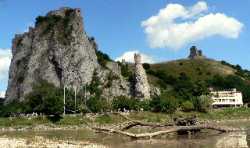 Devín Castle
Castle
Devín Castle
Castle
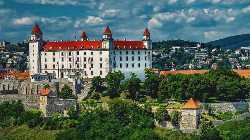 Bratislava Castle
Castle
Bratislava Castle
Castle
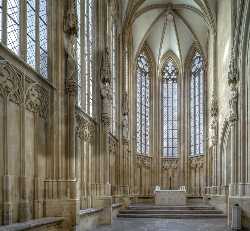 Františkánsky kostol Zvestovania Pána
Church
Františkánsky kostol Zvestovania Pána
Church
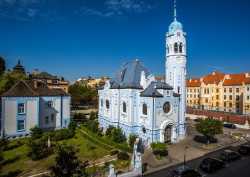 The Blue Church - Church of St. Elizabeth
Church
The Blue Church - Church of St. Elizabeth
Church
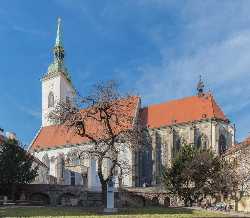 St. Martin’s Cathedral
Church
St. Martin’s Cathedral
Church
 Philharmonic Reduta Building
Concert Hall
Philharmonic Reduta Building
Concert Hall
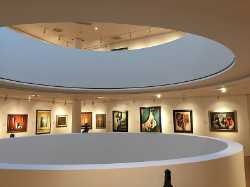 Nedbalka Gallery
Gallery
Nedbalka Gallery
Gallery
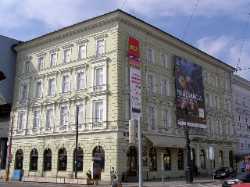 Bratislava City Gallery
Gallery
Bratislava City Gallery
Gallery
 Slovak National Gallery
Gallery
Slovak National Gallery
Gallery
 Miletičova Market
Market
Miletičova Market
Market
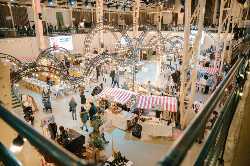 Bratislava Old Market Hall
Market
Bratislava Old Market Hall
Market
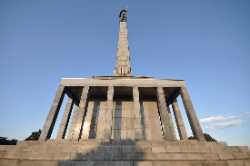 The Slavín War Memorial
Monument
The Slavín War Memorial
Monument
 Bratislava Transport Museum
Museum
Bratislava Transport Museum
Museum
 Natural Science Museum
Museum
Natural Science Museum
Museum
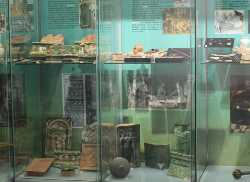 Archaeological Museum
Museum
Archaeological Museum
Museum
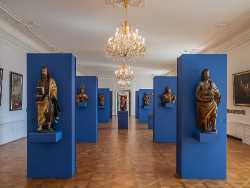 Museum of History
Museum
Museum of History
Museum
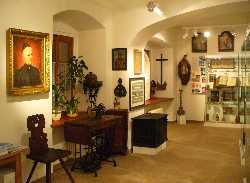 Museum of Hungarian Culture in Slovakia
Museum
Museum of Hungarian Culture in Slovakia
Museum
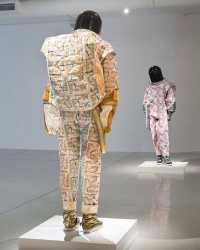 Otis Laubert Museum
Museum
Otis Laubert Museum
Museum
 Old Town Hall – City history exhibition
Museum
Old Town Hall – City history exhibition
Museum
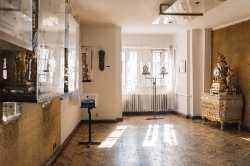 House at the Good Shepherd
Museum
House at the Good Shepherd
Museum
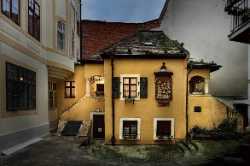 Memorial House of J. N. Hummel
Museum
Memorial House of J. N. Hummel
Museum
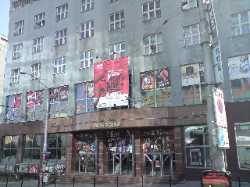 New Stage Theatre
Museum
New Stage Theatre
Museum
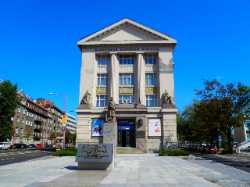 Slovak National Museum
Museum
Slovak National Museum
Museum
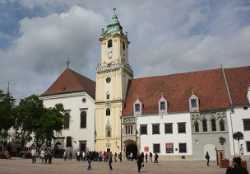 Bratislava City Museum
Museum
Bratislava City Museum
Museum
 Museum of Arms
Museum
Museum of Arms
Museum
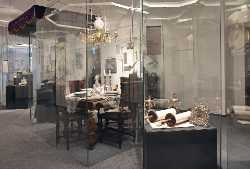 Museum of Jewish Culture
Museum
Museum of Jewish Culture
Museum
 Danubiana Meulensteen Art Museum
Museum
Danubiana Meulensteen Art Museum
Museum
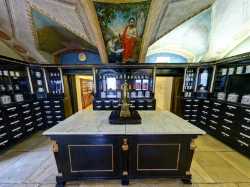 Red Crayfish Pharmacy
Museum
Red Crayfish Pharmacy
Museum
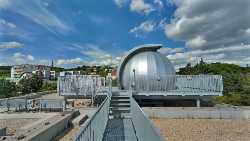 Hvezdáreň Bratislava
Observatory
Hvezdáreň Bratislava
Observatory
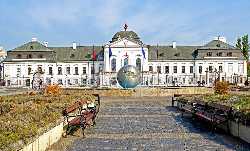 Grassalkovich Palace
Palace
Grassalkovich Palace
Palace
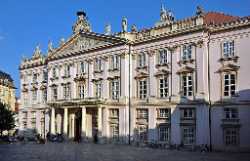 Primate’s Palace
Palace
Primate’s Palace
Palace
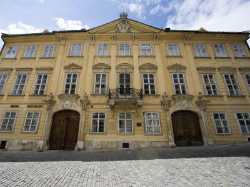 Mirbach Palace
Palace
Mirbach Palace
Palace
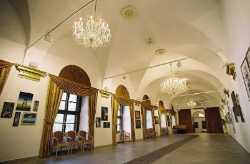 Pálffy Palace
Palace
Pálffy Palace
Palace
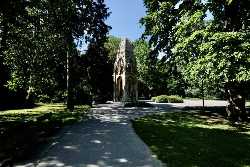 Sad Janka Kráľa
Park
Sad Janka Kráľa
Park
 Horský Park
Park
Horský Park
Park
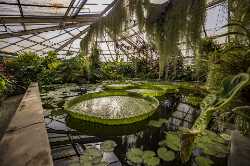 Botanical Garden of Comenius University
Park
Botanical Garden of Comenius University
Park
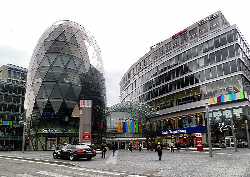 Eurovea Galleria
Shopping Centre
Eurovea Galleria
Shopping Centre
 Slovak National Uprising (SNP) Square
Square
Slovak National Uprising (SNP) Square
Square
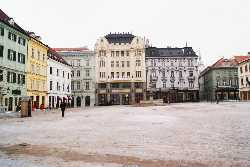 Hlavné námestie
Square
Hlavné námestie
Square
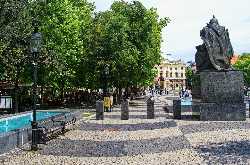 Hviezdoslav Square
Square
Hviezdoslav Square
Square
 Slovak National Theatre
Theatre
Slovak National Theatre
Theatre
 Teatro Bratislava
Theatre
Teatro Bratislava
Theatre
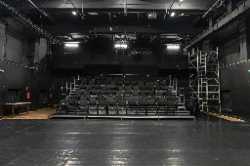 A4 – Space for Contemporary Culture
Theatre
A4 – Space for Contemporary Culture
Theatre
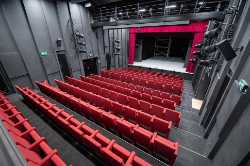 Puppet Theatre Bratislava
Theatre
Puppet Theatre Bratislava
Theatre
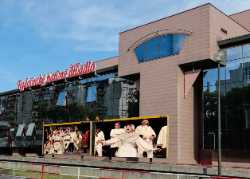 Radošina Naive Theatre
Theatre
Radošina Naive Theatre
Theatre
 Studio L+S
Theatre
Studio L+S
Theatre
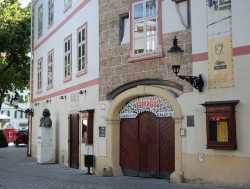 GUnaGU Theatre
Theatre
GUnaGU Theatre
Theatre
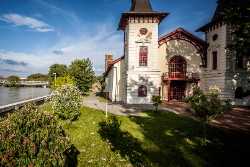 Arena Theatre
Theatre
Arena Theatre
Theatre
 Astorka Korzo
Theatre
Astorka Korzo
Theatre
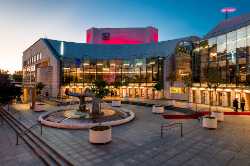 New Slovak National Theatre
Theatre
New Slovak National Theatre
Theatre
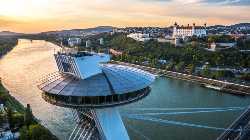 UFO Observation Deck
Tourist attractions
UFO Observation Deck
Tourist attractions
 Kamzík TV Tower
Tourist attractions
Kamzík TV Tower
Tourist attractions
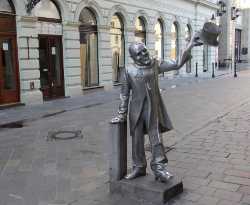 Statue of Schöner Náci
Tourist attractions
Statue of Schöner Náci
Tourist attractions
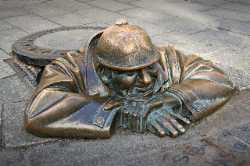 Čumil
Tourist attractions
Čumil
Tourist attractions